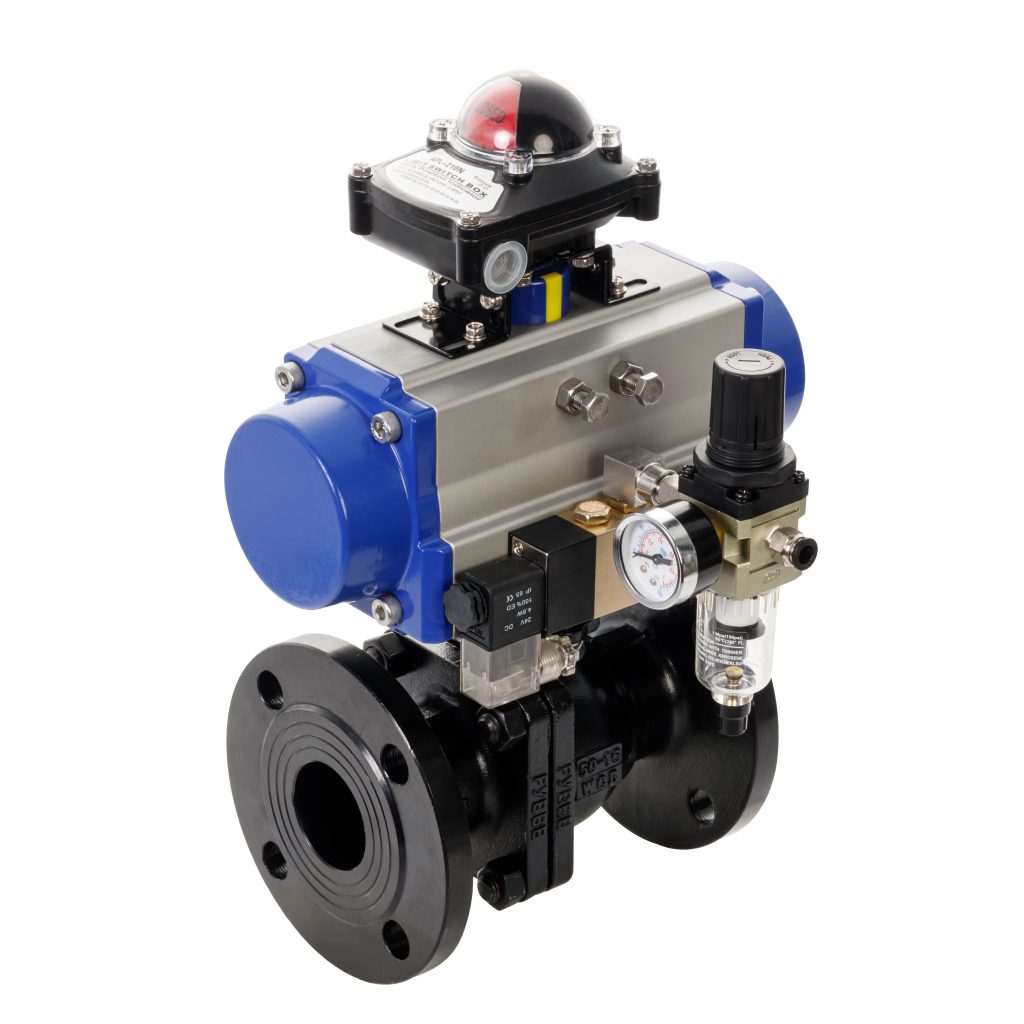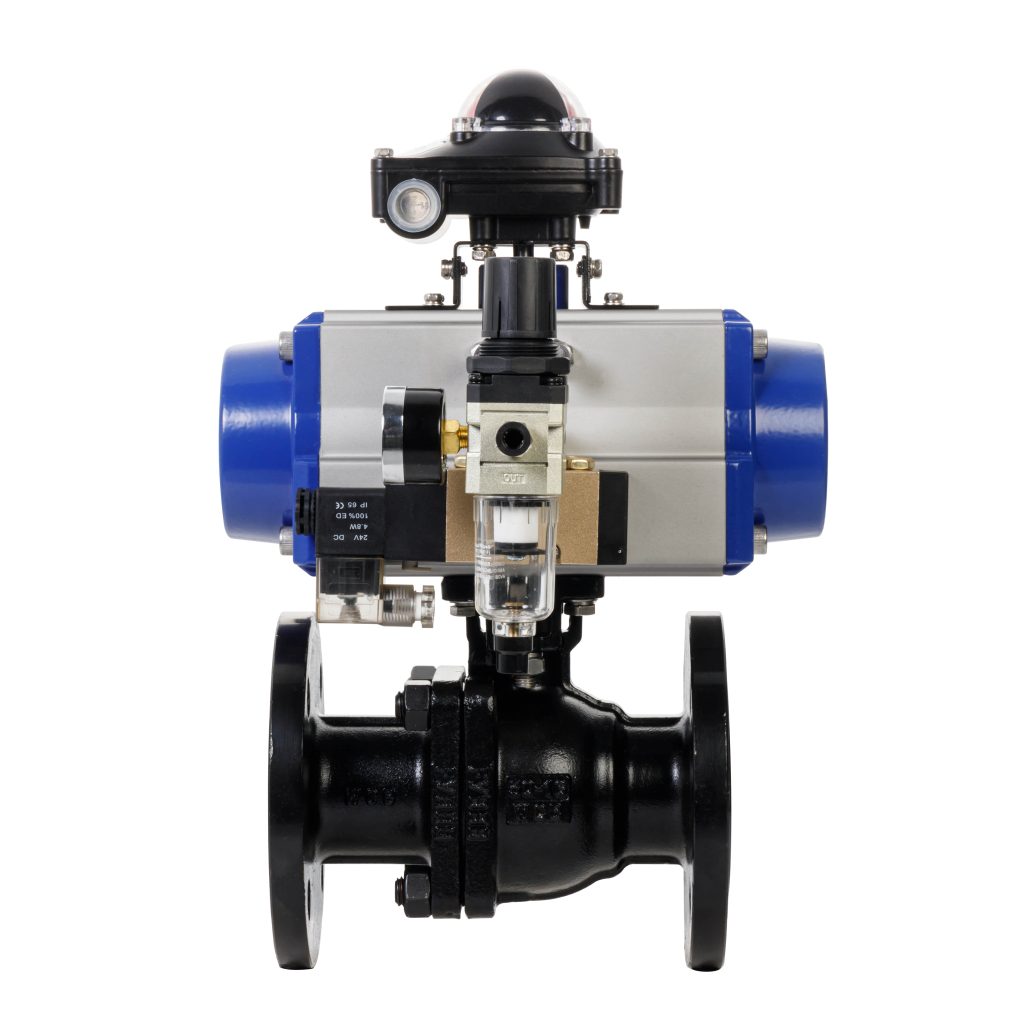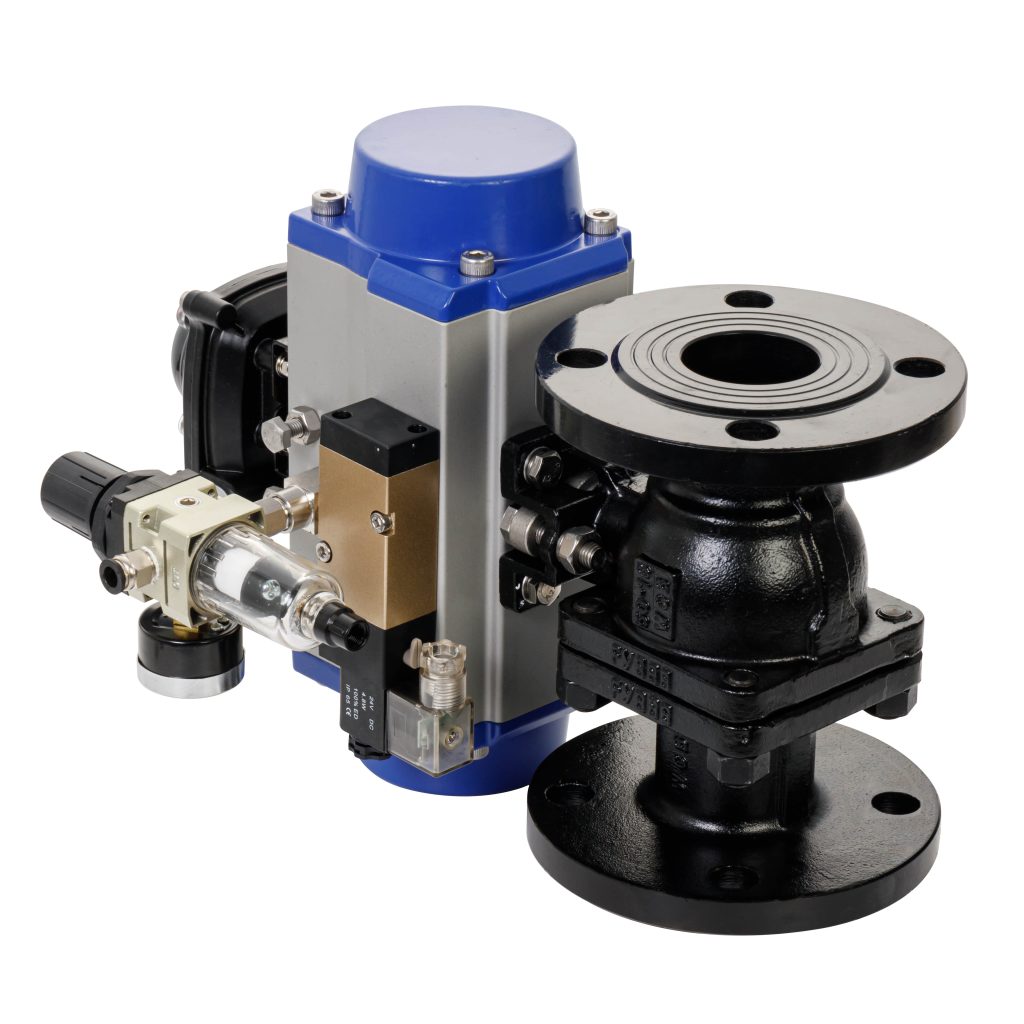A Stainless Steel Pneumatic Ball Valve is a crucial component widely used in various industries for controlling the flow of fluids, including gases, liquids, and even slurries. Its robust design, ease of operation, and reliable performance make it a popular choice in applications ranging from chemical processing to water treatment, oil and gas, and food industries. This article will explore the features, advantages, applications, and working principle of the stainless steel pneumatic ball valve.

What is a Stainless Steel Pneumatic Ball Valve?

A stainless steel pneumatic ball valve is a type of valve that uses compressed air to automate the opening and closing of the valve. It combines a spherical ball with a hole in its center (called a port), which regulates the flow of fluid through the pipe. The valve’s body is made of stainless steel, ensuring high durability, corrosion resistance, and excellent strength. The “pneumatic” aspect refers to the actuator mechanism, which uses compressed air to control the valve’s movement, allowing for remote operation and automated control. The Working Principle The operation of a pneumatic ball valve is relatively simple but efficient. When compressed air is supplied to the actuator, it either opens or closes the valve by rotating the ball inside. The ball typically has a hole or a port, which aligns with the pipe when the valve is open, allowing the fluid to flow freely. When the valve is closed, the ball rotates 90 degrees, blocking the port and stopping the flow of fluid.
